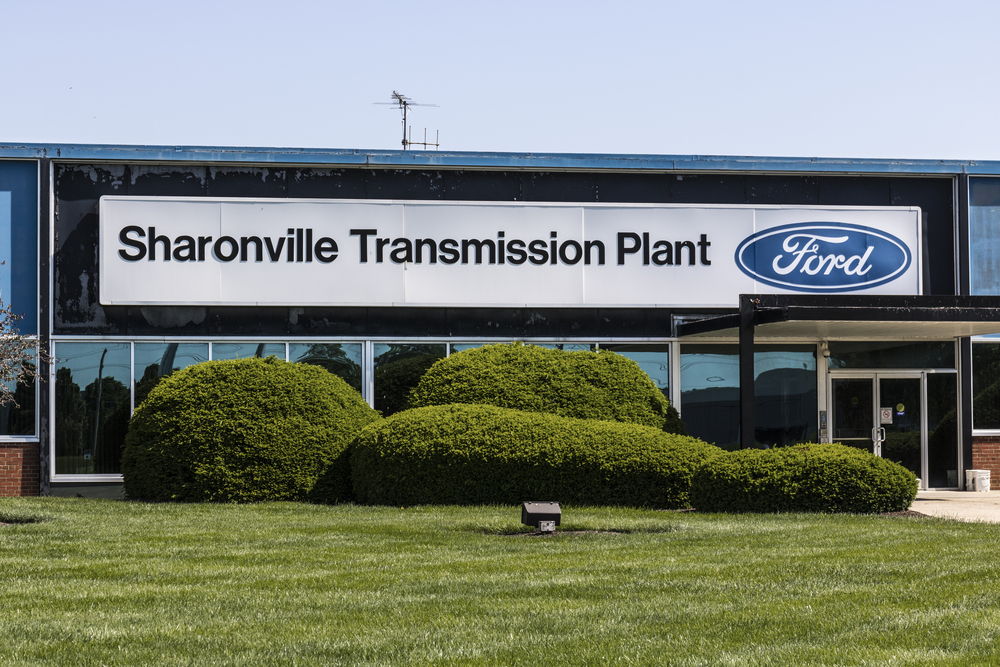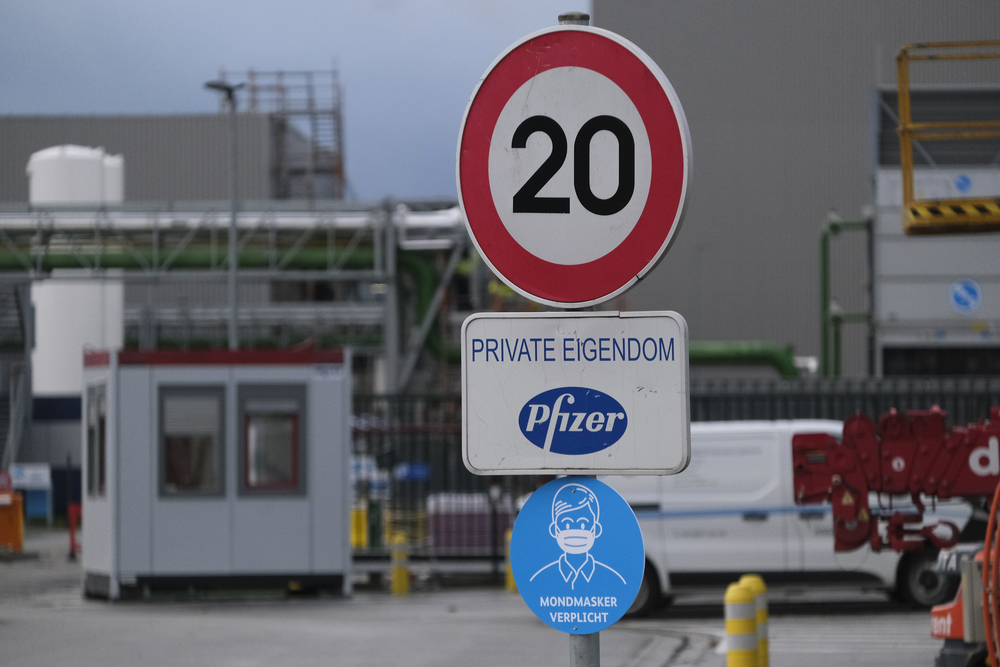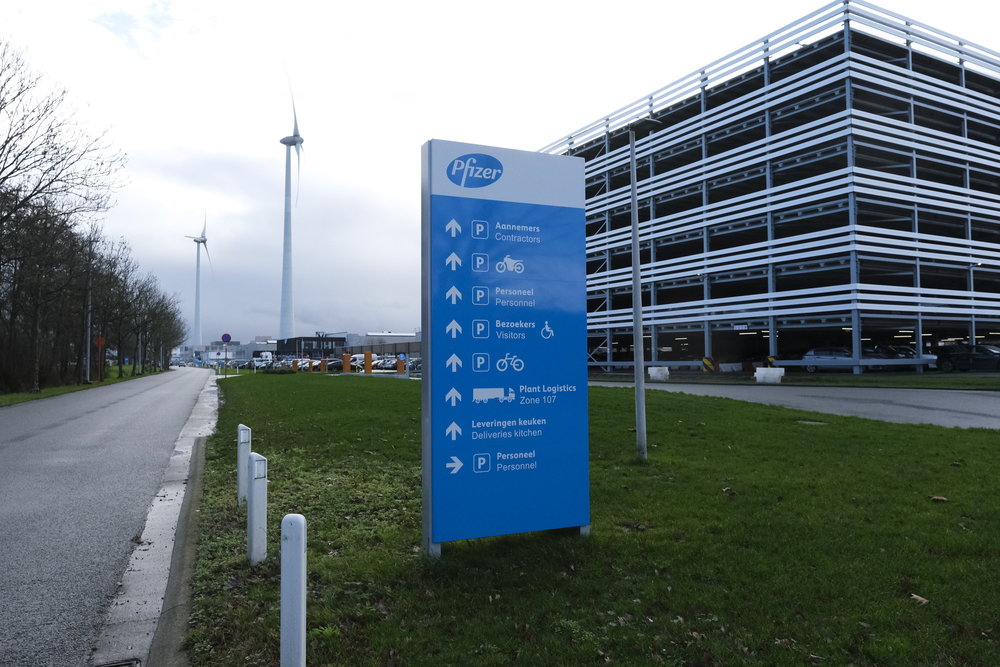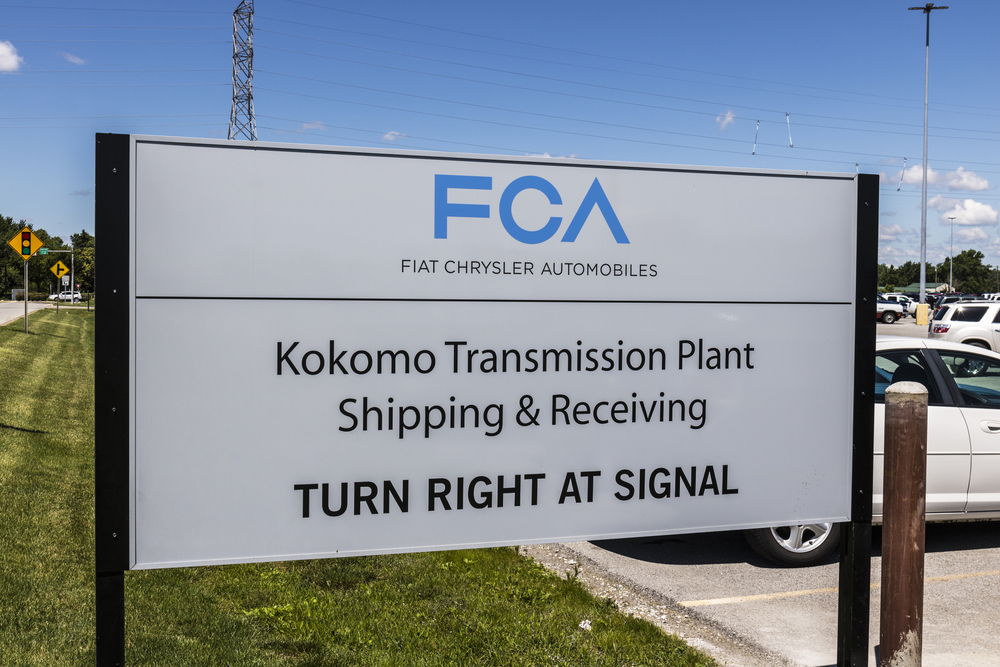Did you know that effective signage can reduce workplace accidents by up to 80%? In manufacturing plants, clear and well-placed signs are crucial for maintaining safety and ensuring efficient operations.
Effective signage is vital for enhancing safety and efficiency within manufacturing plants. By providing clear instructions and warnings, signage leads to a safer work environment and streamlined operations, benefiting both employees and the company.
Key Takeaways
- Safety Enhancement: Effective signage significantly reduces workplace accidents by providing clear instructions and warnings.
- Operational Efficiency: Well-designed signage streamlines processes, reduces downtime, and improves workflow in manufacturing plants.
- Compliance: Proper signage ensures compliance with industry standards and legal requirements, avoiding fines and enhancing safety.
- Technological Advancements: Emerging technologies like digital displays, IoT integration, and AR are revolutionizing signage.
- Sustainability: Eco-friendly signage solutions are increasingly important, reducing environmental impact and aligning with corporate social responsibility.
- Customization and Personalization: Customized and personalized signage enhances relevance and effectiveness, improving both safety and efficiency.
Comparison Table: Types of Signage for Manufacturing Plants
Feature |
Safety Signs |
Directional Signs |
Operational Signs |
Informational Signs |
|---|---|---|---|---|
Primary Role |
Prevent accidents, indicate hazards | Guide employees and visitors | Improve workflow, indicate process steps | Communicate procedures, quality standards, policies |
Examples |
Danger signs, caution signs, emergency exits, PPE signs | Wayfinding signs, directional arrows, facility maps | Machine status boards, process flowcharts, workstation labels | Notice boards, quality control guidelines, policy reminders |
Design Considerations |
High-visibility, durable materials, clear messaging | Clear directions, easy-to-follow arrows, high visibility | Durable materials, clear and concise messaging | Clear, concise, consistent with branding |
Benefits |
Enhance safety, reduce accidents | Improve navigation, reduce confusion | Streamline processes, improve productivity | Keep employees informed, reinforce policies |

1. Understanding the Role of Signage in Manufacturing Plants
Definition and Overview:
Effective signage in manufacturing plants includes a variety of signs that provide essential information, warnings, and instructions to employees and visitors. This encompasses safety signs, directional signs, operational signs, and informational signs, all designed to communicate crucial messages clearly and promptly.
Historical Context:
Signage has always played a critical role in industrial settings, but its importance has grown with advancements in manufacturing processes and safety regulations. Initially, signs were simple and often homemade, but as industries evolved, so did the need for standardized, durable, and highly visible signage. Today, modern manufacturing plants rely on sophisticated signage systems that incorporate digital displays and interactive elements to enhance communication and safety.

2. Key Benefits of Effective Signage in Manufacturing Plants
Safety Enhancement:
Signage significantly contributes to workplace safety by providing clear instructions and warnings about potential hazards. For example, danger signs alert employees to immediate risks, while caution signs highlight areas where they should proceed with care. Emergency exit signs and personal protective equipment (PPE) signs ensure that employees know how to respond in case of an emergency and what protective gear to use in specific areas. This clear communication helps prevent accidents and injuries, creating a safer work environment.
Operational Efficiency:
Effective signage plays a crucial role in streamlining processes and improving workflow in manufacturing plants. Directional signs guide employees and visitors through the facility efficiently, reducing confusion and minimizing downtime. Operational signs, such as machine status boards and process flowcharts, help maintain smooth operations by clearly indicating the status of equipment and outlining the steps in various processes. This organization and clarity lead to improved productivity and reduced operational delays.
Compliance with Regulations:
Manufacturing plants must comply with various industry standards and legal requirements related to safety and operational procedures. Proper signage ensures that these standards are met, helping to avoid fines and legal issues. Compliance signs provide critical information about safety protocols, emergency procedures, and regulatory requirements, ensuring that employees are aware of and adhere to these guidelines. This not only enhances safety but also demonstrates the company’s commitment to maintaining a compliant and responsible work environment.
By understanding and implementing effective signage, manufacturing plants can significantly improve both safety and efficiency, leading to better overall performance and a safer workplace for all employees.

3. Types of Signage for Manufacturing Plants
Safety Signs
Role: Preventing accidents and injuries by indicating hazards, safety procedures, and emergency information.
Examples:
- Danger Signs: Alerting employees to immediate hazards that could cause serious injury or death.
- Caution Signs: Indicating potential hazards where caution should be exercised.
- Emergency Exit Signs: Clearly marking the exits to ensure quick and safe evacuation in emergencies.
- Personal Protective Equipment (PPE) Signs: Informing employees of the required protective gear in specific areas.
Directional Signs
Role: Guiding employees and visitors through the plant efficiently.
Examples:
- Wayfinding Signs: Helping individuals navigate the facility with clear directions.
- Directional Arrows: Pointing towards important areas like restrooms, break rooms, and exits.
- Facility Maps: Providing an overview of the plant layout to assist in navigation.
Operational Signs
Role: Improving workflow and productivity by indicating process steps, equipment status, and work areas.
Examples:
- Machine Status Boards: Showing the operational status of machinery, such as in use, maintenance, or downtime.
- Process Flowcharts: Outlining the steps involved in manufacturing processes to ensure adherence to procedures.
- Workstation Labels: Identifying specific workstations and their functions within the production line.
Informational Signs
Role: Communicating important information about procedures, quality standards, and company policies.
Examples:
- Notice Boards: Displaying announcements, updates, and essential information for employees.
- Quality Control Guidelines: Providing instructions and standards for maintaining product quality.
- Policy Reminders: Reinforcing company policies, such as safety protocols and operational procedures.
4. Designing Effective Signage for Manufacturing Plants
Choosing the Right Materials:
Selecting durable and high-visibility materials suitable for industrial environments is crucial. Materials like heavy-duty plastics, metals, and reflective coatings ensure that signs withstand harsh conditions and remain visible.
Color and Font Choices:
Color coding and font selection play a significant role in enhancing readability and compliance with safety standards. Use high-contrast colors (e.g., black on yellow for caution, white on red for danger) and easy-to-read fonts to ensure that signs are legible from a distance.
Placement Strategies:
Strategic positioning of signs ensures maximum visibility and impact. Place signs at eye level where they are most likely to be seen, and ensure they are not obstructed by machinery or other obstacles. Use repetitive signage in long corridors or large areas to reinforce important messages.
Consistent Branding:
Ensuring that all signage aligns with the company’s branding guidelines creates a cohesive look. This includes using consistent colors, fonts, and logos across all signs, which helps reinforce the company’s identity and professionalism.
5. Implementation and Maintenance
Strategic Placement:
Place signage in locations where it will have maximum visibility and effectiveness. High-traffic areas, entrances, intersections, and decision points are ideal spots for placing important signs.
Regular Updates and Maintenance:
Regular inspections, updates, and maintenance are necessary to keep signage effective and relevant. Ensure that signs are clean, legible, and up-to-date with current safety standards and operational procedures.
Training and Awareness:
Regular training sessions should be conducted to ensure that employees are aware of and understand the signage. This includes explaining the purpose of different signs and the actions required in response to them.
Future Trends in Manufacturing Plant Signage
Technological Innovations
Emerging technologies are revolutionizing signage in manufacturing plants. Digital displays, IoT integration, and augmented reality (AR) are becoming more prevalent, offering dynamic and interactive ways to convey information. These technologies allow for real-time updates, enhanced interactivity, and more efficient communication within the plant.
Sustainability
Eco-friendly signage solutions and sustainable practices are increasingly important in the manufacturing industry. Companies are adopting energy-efficient LED displays, using recycled materials, and implementing low-impact production processes. Sustainable signage not only reduces the environmental footprint but also aligns with corporate social responsibility goals and appeals to eco-conscious clients and employees.
Customization and Personalization
The future of signage is leaning towards customization and personalization driven by data analytics and user preferences. Customized signs can cater to specific plant needs, ensuring that the information is relevant and targeted. Personalized digital displays can provide employees with tailored information based on their role, location, and current tasks, enhancing both efficiency and safety.
Conclusion
Summary
Effective signage is crucial for enhancing safety and efficiency in manufacturing plants. Key benefits include improved workplace safety, streamlined operations, and compliance with regulations. By choosing the right materials, designing with visibility and readability in mind, and ensuring consistent branding, manufacturing plants can significantly enhance their operational environment.
Call to Action
Manufacturing plants should invest in high-quality, effective signage to create a safer and more efficient work environment. Implementing modern signage solutions can lead to substantial improvements in safety, productivity, and overall plant performance.
Contact Information
For expert signage solutions, contact Tupp Signs today. Elevate your manufacturing plant’s safety and efficiency with cutting-edge, professional signs that reflect your commitment to excellence. Visit our website or fill out our contact form to get started on designing the perfect signage for your facility.
By following these guidelines, manufacturing plants can design and implement effective signage that creates a safer, more efficient, and compliant work environment.


